What is the difference between a pressure relief valve and a safety valve?
In the field of industrial fluid control and pressure protection, we often hear the terms "pressure relief valve" and "safety valve." Both have the important function of preventing excessive system pressure and protecting equipment and personnel.
Content
Definition and Function of safety valves
A safety valve (also known as a pressure relief valve) is a vital automatic valve. It is held closed by a spring, a weight, or other means. Only when the pressure in the system exceeds a preset value does it automatically open, releasing the fluid and thus controlling the pressure below the specified value.
Definition and Function:
A safety valve is a key device for protecting equipment safety. It controls pressure within a specified value and plays a vital role in protecting personnel and equipment operation.
Opening Method:
It is held closed by a spring, a weight, or other means and automatically opens when the pressure exceeds a specified value.
Applications:
Widely used in high-pressure bypass systems for steam boilers, LPG tank trucks and railroad tank cars, oil wells, steam power generation equipment, pressure pipelines, and pressure vessels.
Usage Requirements:
Safety valves must undergo rigorous pressure testing before use.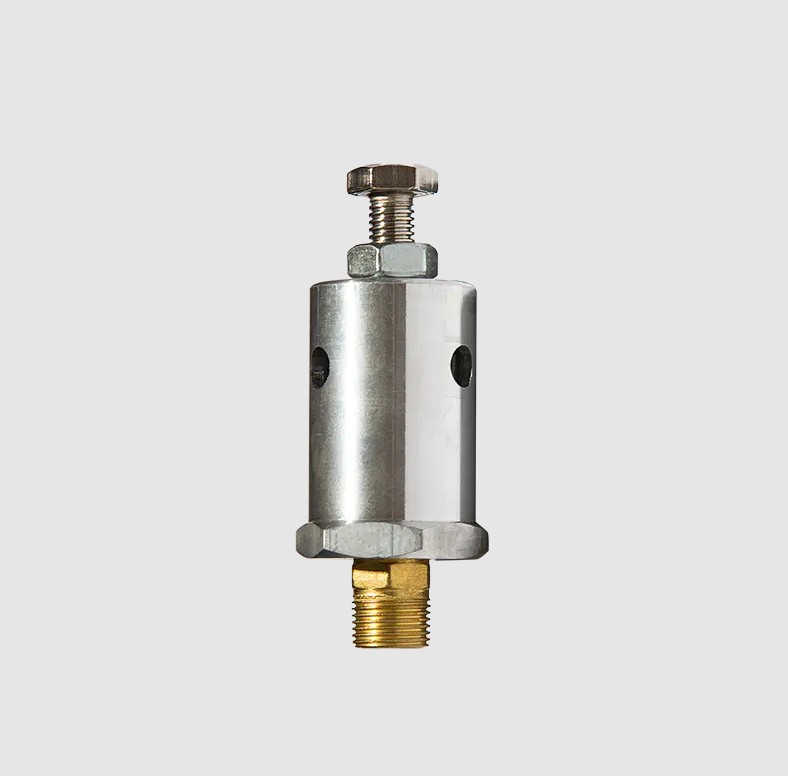
Key Technical Differences Between Pressure Relief Valves and safety valves
Although "pressure relief valve" is often used as an alias for "safety valve" in everyday communication, in strict technical terms, especially in European and American standards (such as ASME), pressure relief valve (PRV) is a general term that encompasses multiple types, while "safety valve" is just one, and the most important, type.
| Feature Comparison | Safety Valve | Relief Valve | Safety Relief Valve |
| Main Applications | Compressible media such as steam and gas. | For incompressible media such as liquids. | Suitable for both gases and liquids. |
| Opening Methods | Pop-Action: Once the pressure reaches the set point, the valve disc suddenly and rapidly opens to a predetermined lift height. | Progressive Opening: As overpressure increases, the disc gradually lifts, increasing flow. Commonly used for bypass or unloading. | It combines two characteristics: quick opening at high pressures. |
| Main Functions | Forced Protection: Rapidly and significantly reduces system pressure to prevent catastrophic consequences such as explosion. | Process Control: Maintains stable system pressure to prevent pump or equipment overload. Commonly used at pump outlets. | It provides both rapid pressure relief and system stability. |
| Common Name | Usually refers to safety valves used on boilers and pressure vessels. | In Chinese, it is often more broadly referred to as a safety valve. | It is currently the most widely used composite safety valve. |
A safety valve specifically refers to a valve used for gases/steam with a sudden opening characteristic (pop-action) to prevent overpressure.
A pressure relief valve specifically refers to a valve used for liquids with a gradual opening characteristic (proportional lift) to relieve pressure.
In general Chinese language, and when used as a broad product category, "safety valve" is a general term that includes pressure relief valves, safety valves, and safety relief valves.
How to Choose the Right safety valves for Pressure Protection?
Regardless of the type of safety valve, its core purpose is to relieve pressure and ensure safe equipment operation. The correct choice depends on your application:
For Steam or High-Pressure Gas Systems:
If you're working with steam or high-pressure gas systems (such as boilers and pressure vessels), you must choose a safety valve with a sharp opening characteristic to ensure the release of a large amount of energy in a very short time.
For Liquid Systems:
If you're working with liquid systems (such as pump outlets and hydraulic systems), a pressure relief valve is often used to maintain stable pressure.
Understanding the differences between pressure relief valves and safety valves can help engineers and purchasers more accurately select and maintain equipment. All safety valves, including various types of pressure relief valves, must be rigorously tested and reliable "pressure guardians."

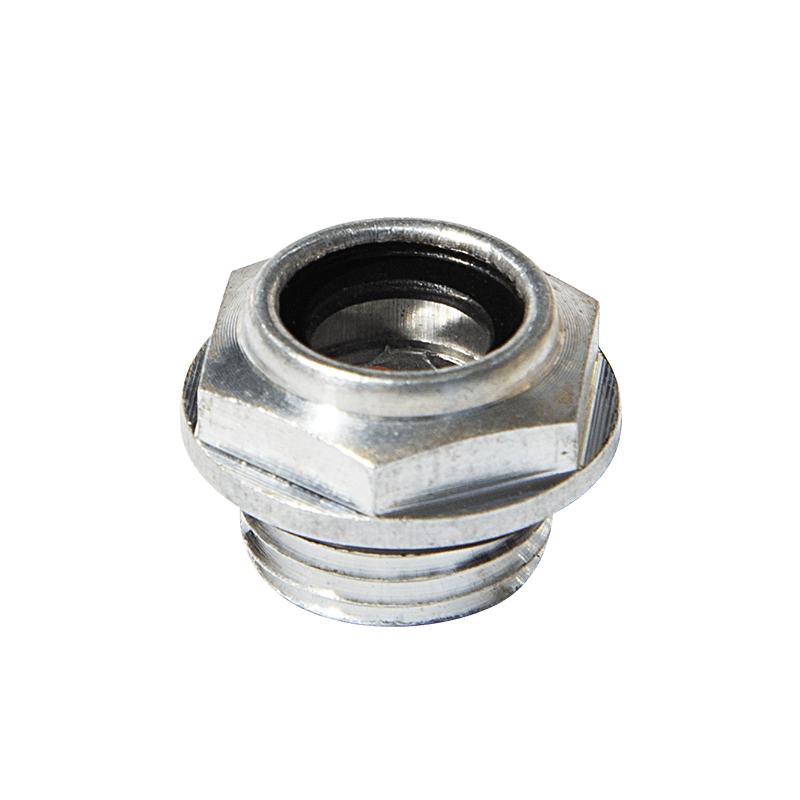
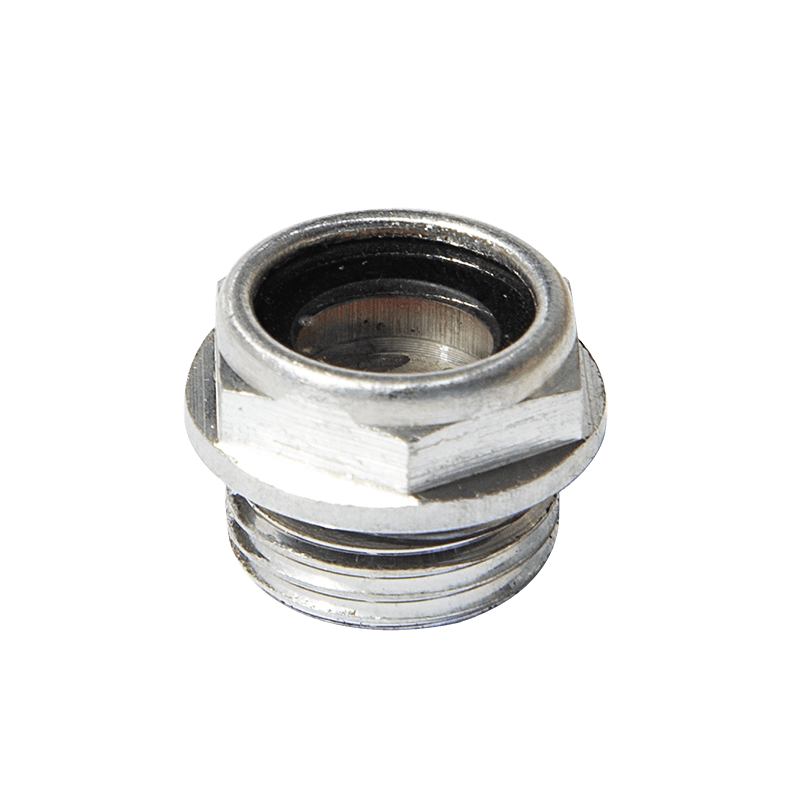
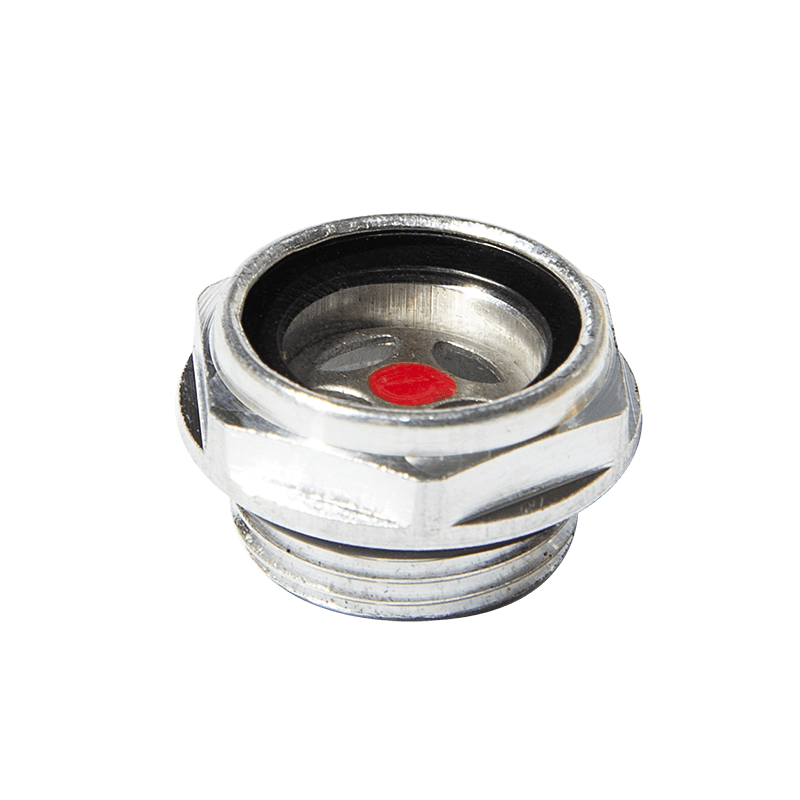
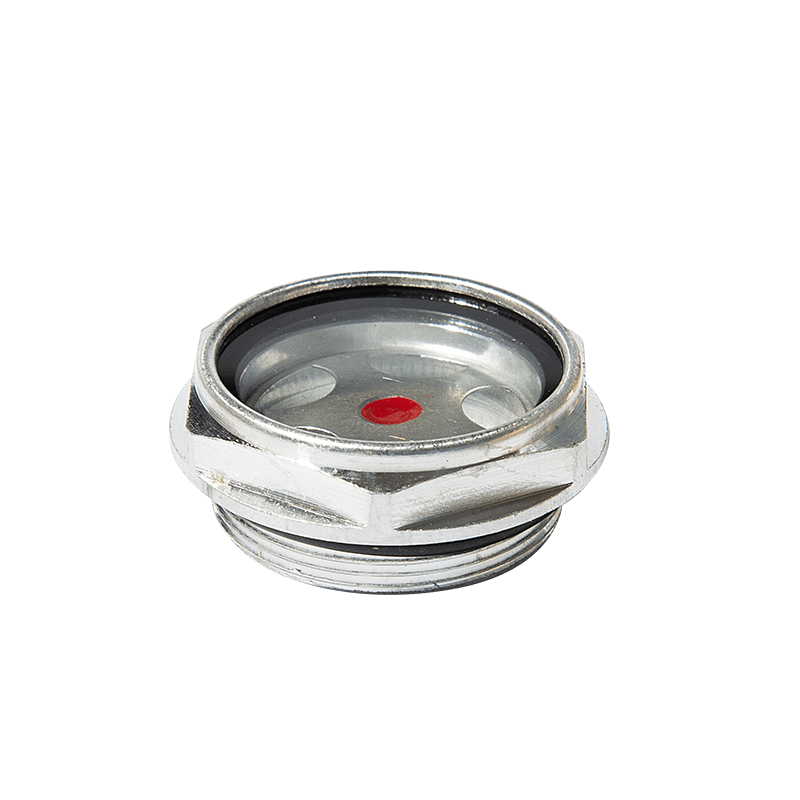
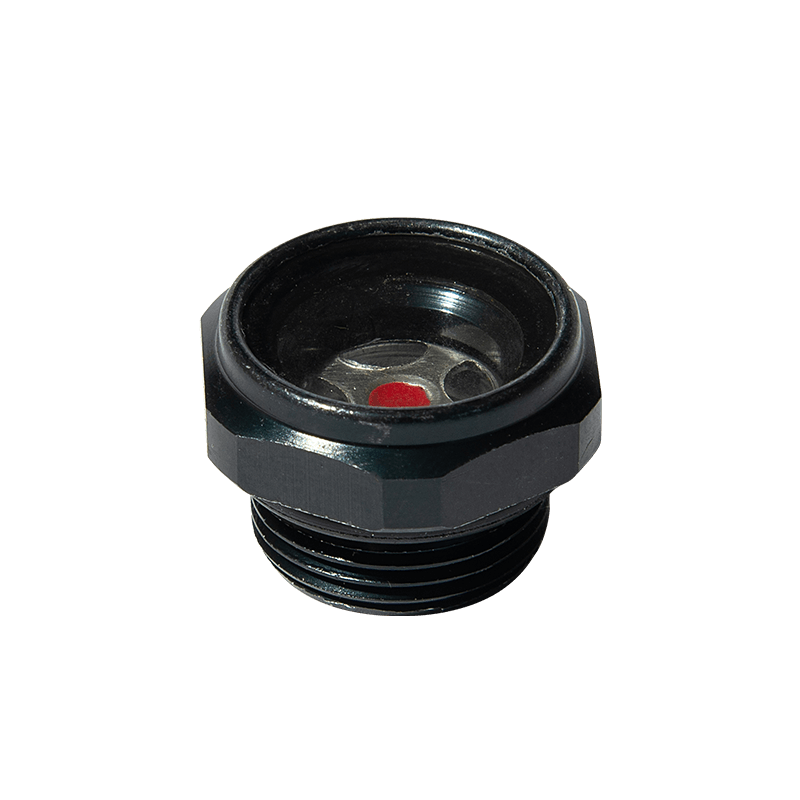
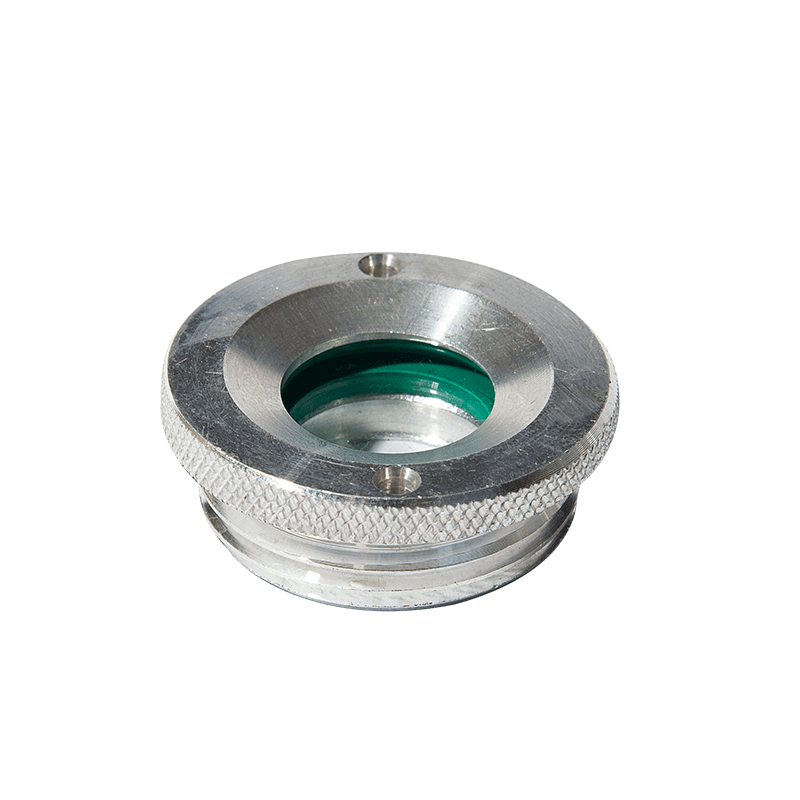
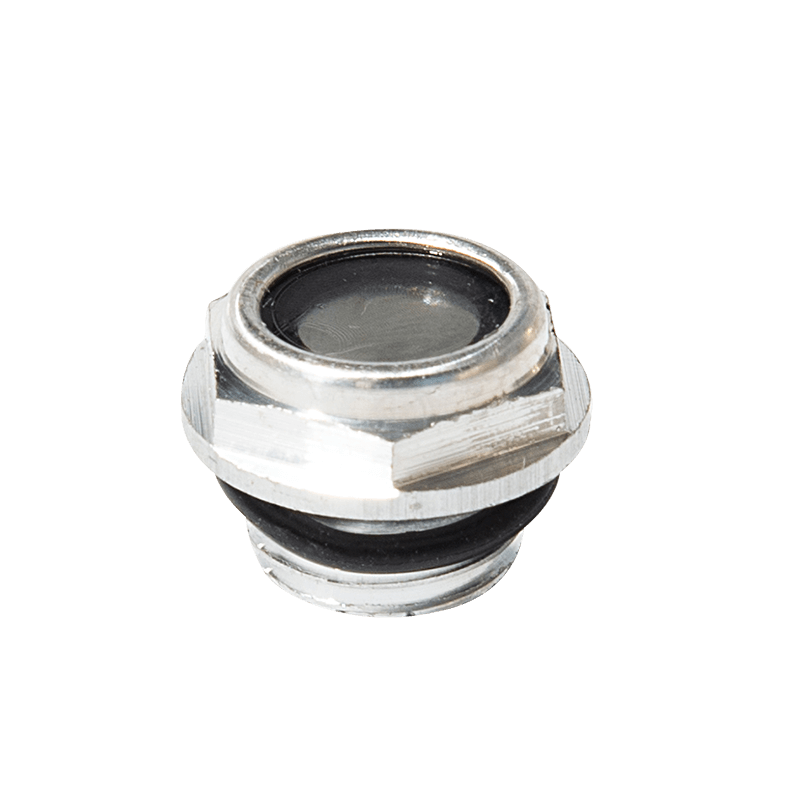
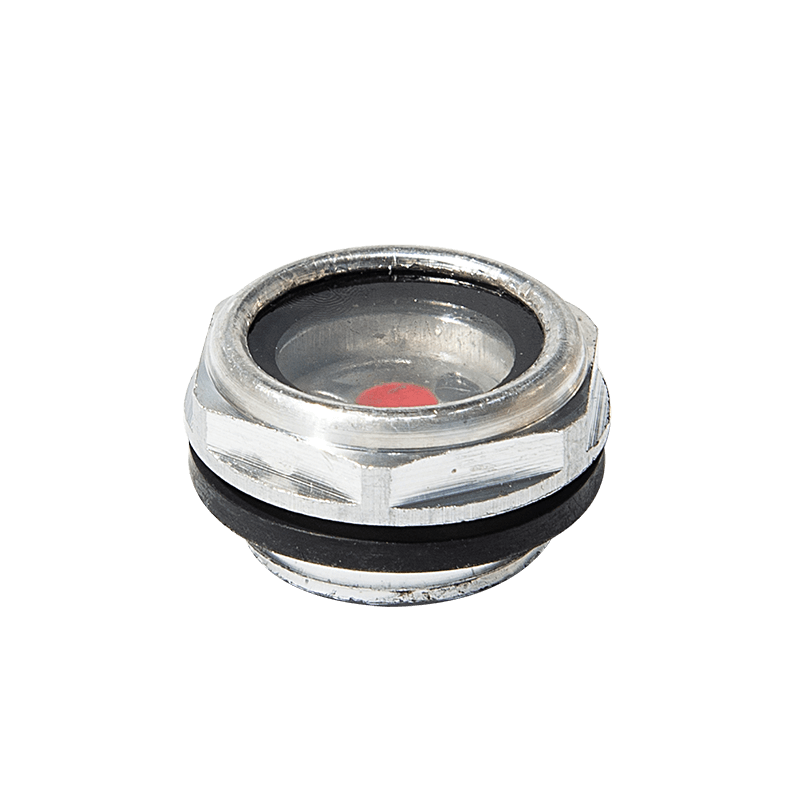
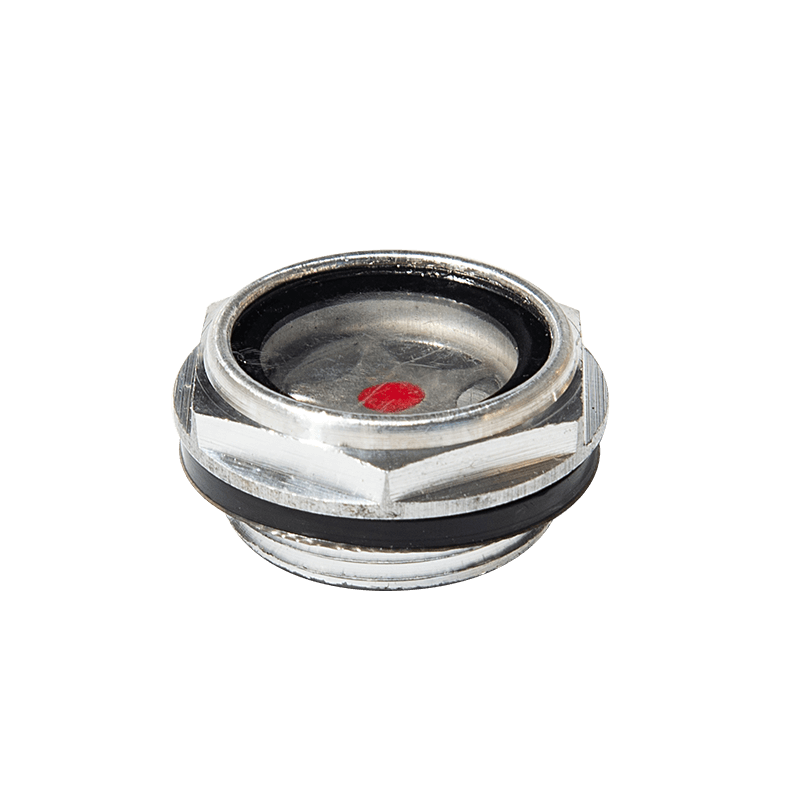
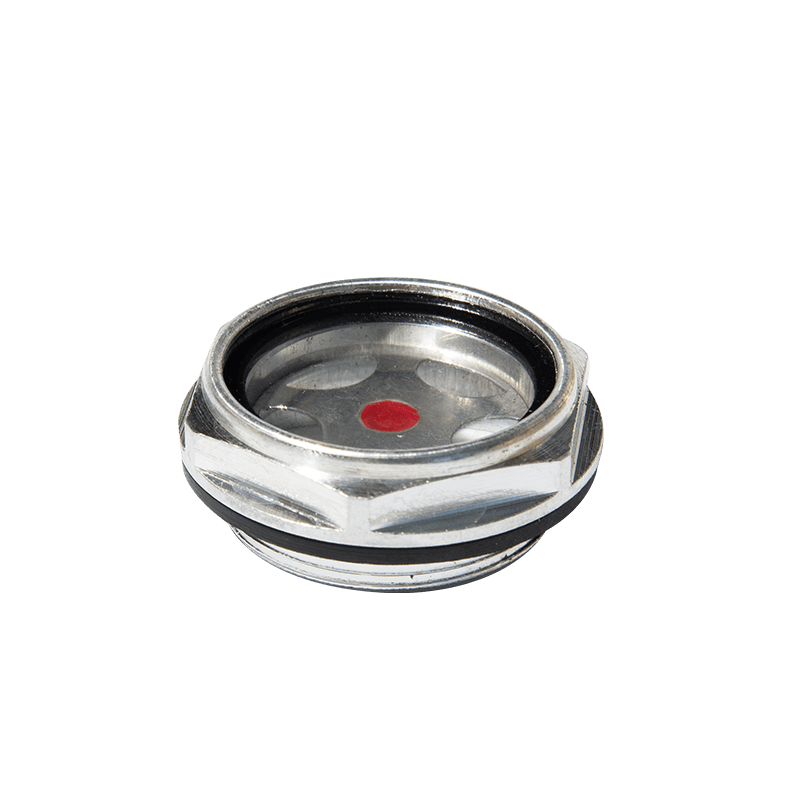





Contact Us